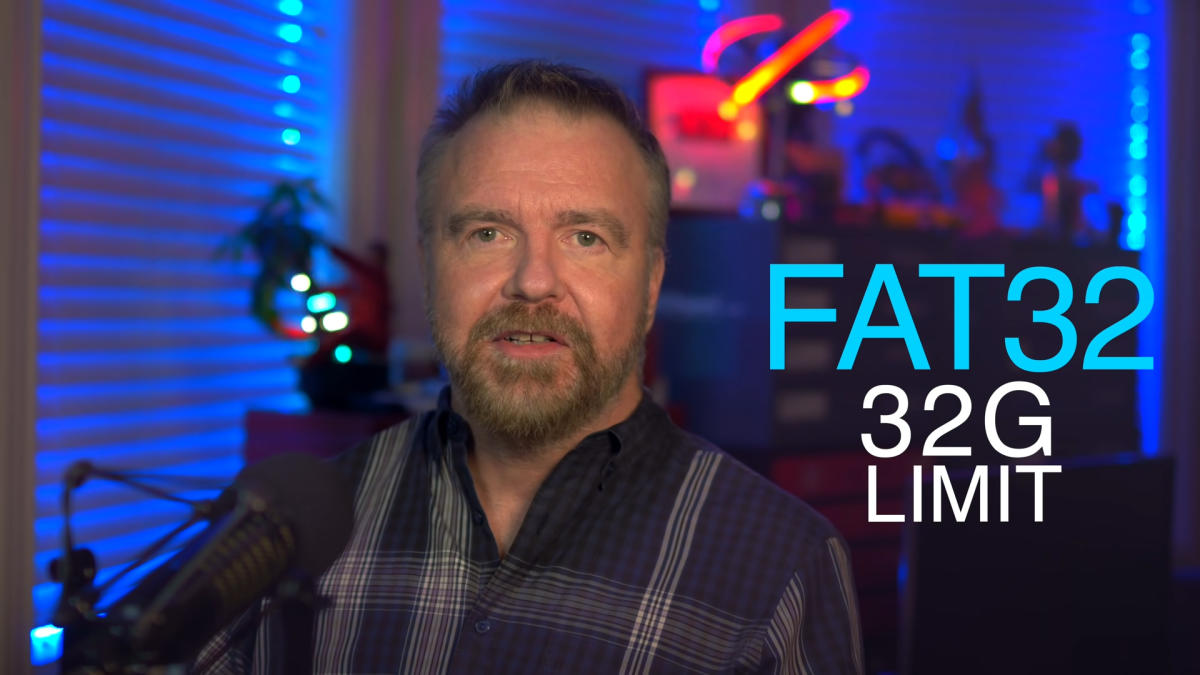I love how the arstechnica article words it like you will never need FAT32 and it’s silly to consider it.
I had to download fat32format I don’t know how many times because I needed to format an extra large SD Card or USB drive for some device. Microsoft really shafted exFAT’s adoption with their licensing.
FAT32 is also really simple to implement. Supporting exFAT may require a larger microcontroller with more memory, which results in a more expensive product.
FAT32 is the java of file systems. Works everywhere, on anything. But everyone hates it.
This is badly written and ignorant article. Fat32 supports up to 16Tb partition size (depending on cluster size - 2Tb -16Tb).
Its microsoft’s windows tools that arbitrarily only allow users to create 32Gb partitions, and it is this that is being changed. This is not a change to Fat32, this is a change to windows. 3rd party tools on Windows and other systems like Linux have long offered more options for partition size.
That its taken to 2024 for Microsoft to fix the command line tool (and still not fix the GUI tools) is ridiculous.
That’s what I thought!
The real issue with Fat32 is the 4gb file size limit.
About 10 years ago, my usb drive was Fat32 by default. I changed it to Ntfs due to Fat32’s 4-GB cap, which I’ve disliked. I’m still using Ntfs.





